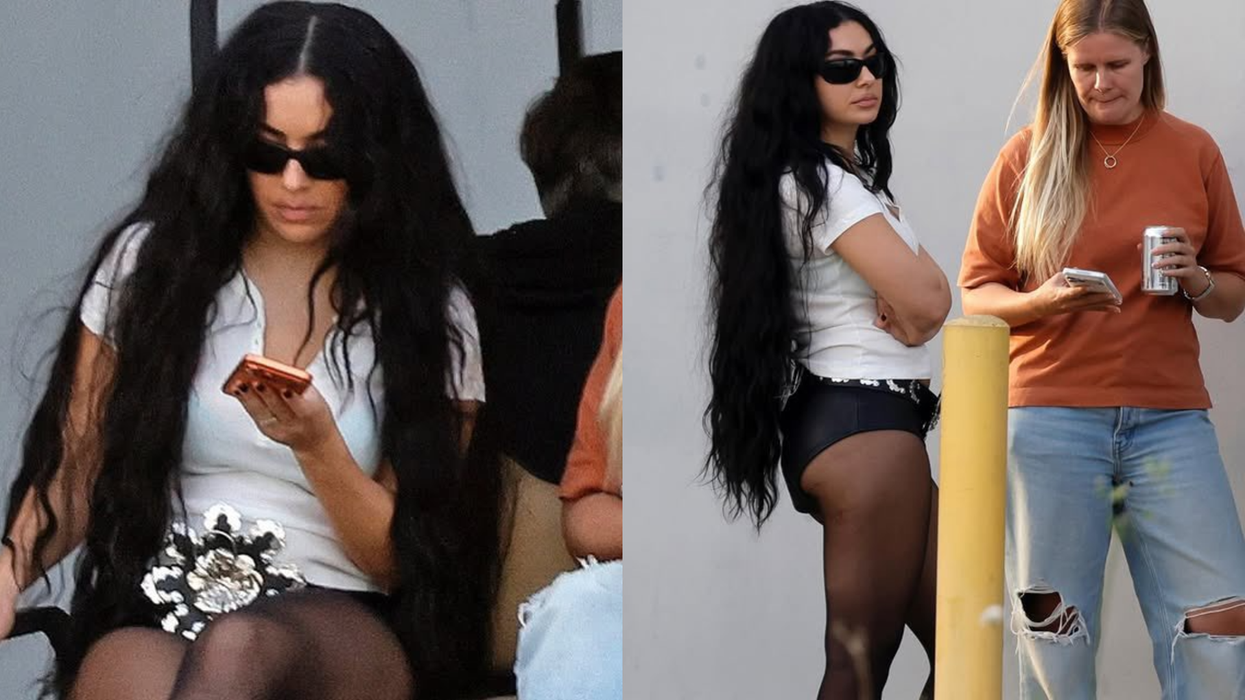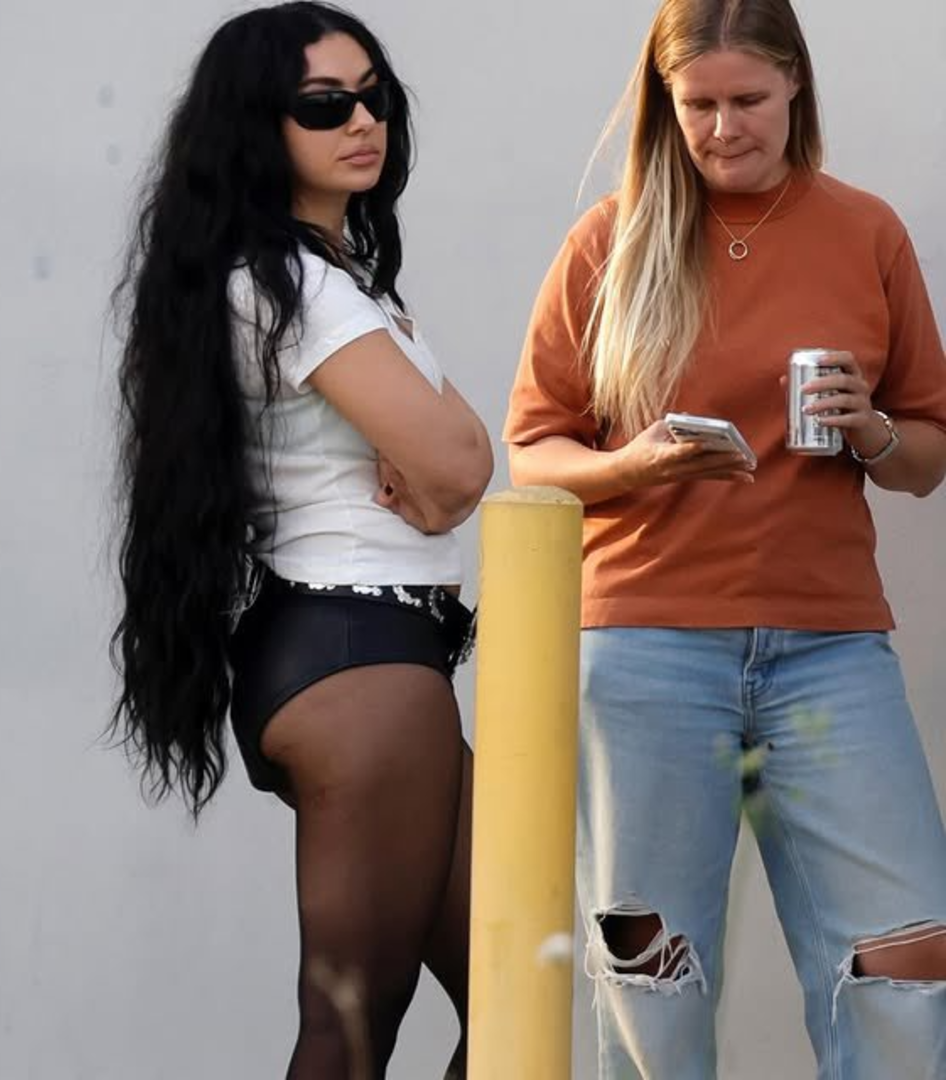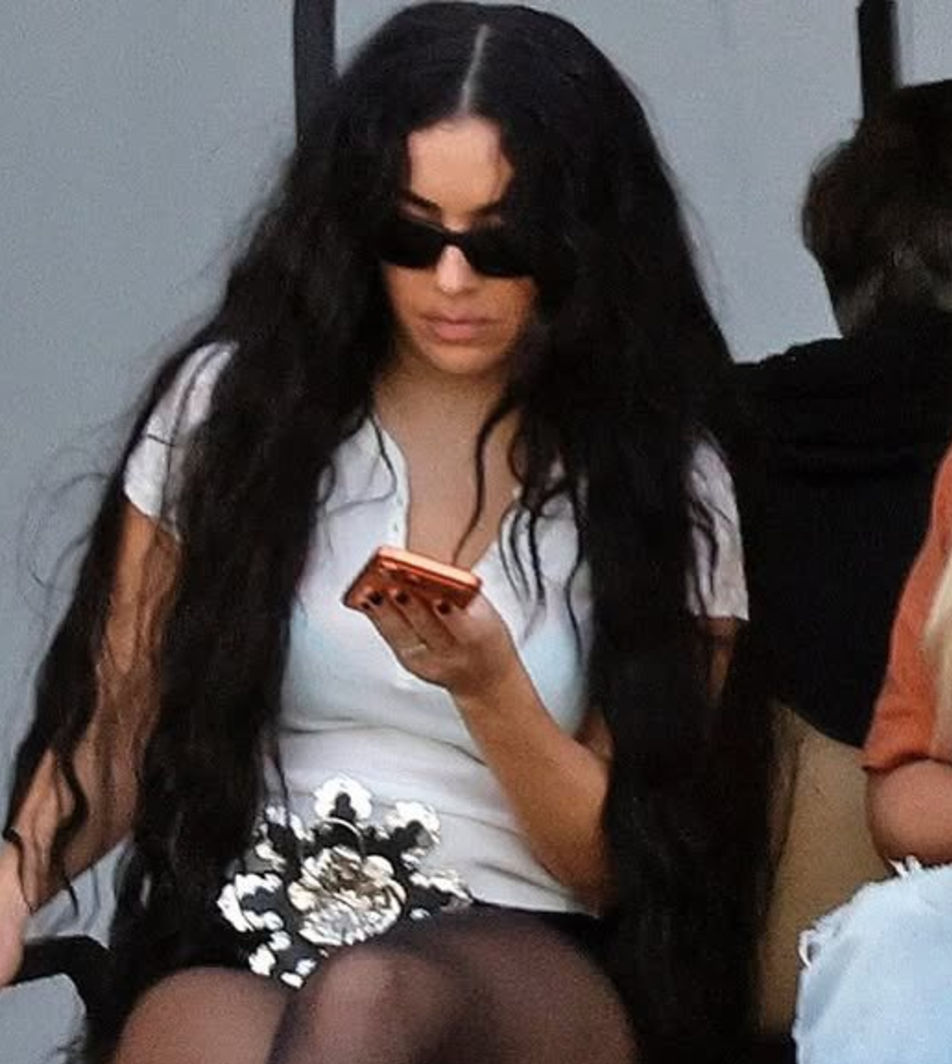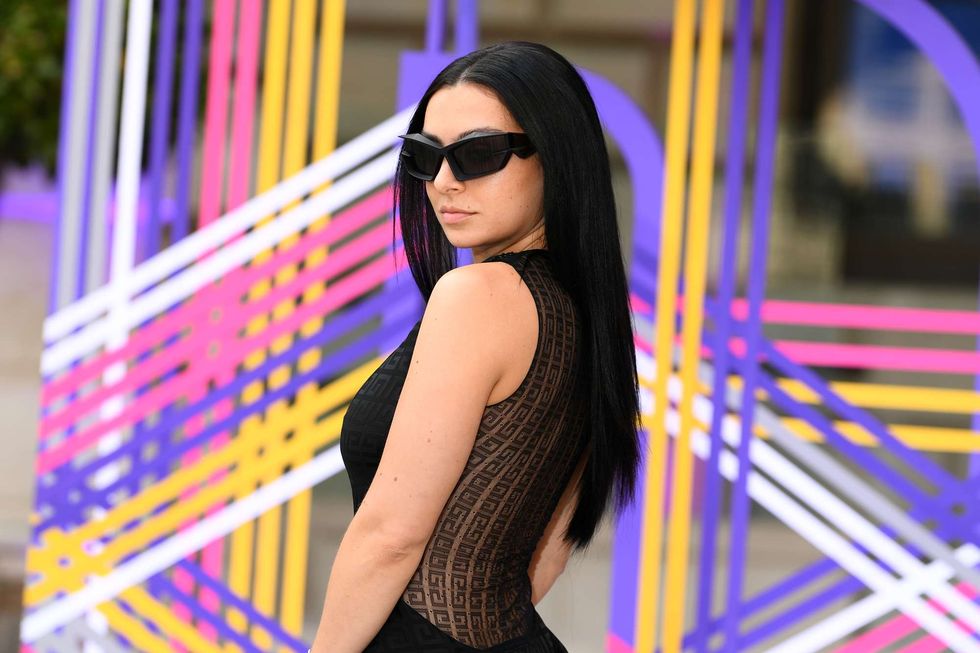Perhaps the most original British musical voices are independent artists creating unique songs that are expanding horizons, breaking barriers and offering something genuinely new.
One of these musical voices getting louder with each piece of work is singer, songwriter and musician Laila Woozer. The London artist also plays a number of instruments. She has worked in a range of mediums - from composing original songs to adding musical magic to diverse channels like theatre, podcasts, television and film.
Eastern Eye caught up with the unique talent to talk about music and creativity.
What first connected you to creativity?
I’m not sure. I think as a child I was very imaginative, but also quite lonely. I used to retreat into creating things and it grew from there, really.
What came first, the music or the writing?
It was writing. I was an avid reader as a child and used to write my own stories and poems from a young age. Music came into my life when I was quite young, but it wasn’t until I was about eight that I really fell in love with music.
Tell us about your music?
My own music draws on a lot of different genres. I’ve been very fortunate to have quite a diverse training and education within music. When I’m writing for a specific show or project I will try to ascertain what the key theme to communicate is, and then work backwards from there. Usually, I’ll pick two or three different genres and combine them to make a unique sound world for that project.
How has that applied to a current project you are working on?
The show I’m working on at the moment (Heather and Harry by Stumble Trip Theatre) is fundamentally a show about love, but it’s also quite silly, comedic and has all these moments of melodrama played for laughs. When I first came on board, I thought it needed a lot of warmth to fully ground those moments of ‘love’ that needed to land. So the music was written with the aim to make the ‘love’ theme feel sincere, while also amping up the comedy without veering into cartoon territory.
How did you find your unique musical sound?
My own sound is one I feel like I’m still finding. It’s in flux because what I’m trying to communicate is often changing. It’s not a dissimilar process to writing for shows, but in my own songs and music, that is purely for my own personal exploration. I tend to start from a particular atmosphere and construct around that rather than starting from the musical elements.
Where do you draw your creative inspirations from?
Oh gosh, everywhere. I feel a bit like a child sometimes, because I’m interested in everything. I find everything around me inspiring. It’s probably a constant combination of new experiences in my life, but also artwork that I’ve loved for a long time. I spent two months in Japan last year and that was an incredibly inspiring time. I was experiencing so many ‘firsts’ and new things. That’s really influenced my writing since.
What is the biggest challenge you face as an emerging artist?
Finding a balance. I quite often have a creative idea that I want to devote my time to, but then there will be a deadline for some paid work or something. As much as I’d love to have endless creative energy for my own projects and my collaborative work, at the end of the day, nobody can work all 24 hours in a day. So it’s trying to find a balance between what I want to do right now and what will help me get further along the path and so on. That’s probably the biggest challenge, and still a learning curve.
Who is your music aimed at?
In terms of my own songs, I’m not sure it is aimed at anyone in particular. Myself, really. I make music I find interesting.
Who are your own greatest musical influences?
Ella Fitzgerald, vocally. In terms of theatre work, George Bruns, Carl Stalling and Milt Franklyn. I roughly love all those old animation soundtracks.
What music dominates your own playlist?
It varies a lot. At the moment, I’m listening to a lot of Ari Lennox, Sleepdealer and Michael Seyer. Artists who I always go back to would be the greats like Ella Fitzgerald, Nat King Cole and Blossom Dearie.
Why do you love music?
Music is such an integral part of how we feel things. It’s almost a primal thing; like certain music will just automatically trigger happy or sad emotions, or make you remember a night in a certain way, or associate a certain thing with a person. It’s a really powerful connection, I’m so interested in the way music communicates and interacts with other things. It’s something I could explore forever.
Visit www.lailawoozeer.com for more





 Charli XCX walks the Los Angeles campus set in ultra-short black micro shorts X/@infocharlixcx
Charli XCX walks the Los Angeles campus set in ultra-short black micro shorts X/@infocharlixcx  Charli XCX walks the Los Angeles campus set in ultra-short black micro shorts X/@infocharlixcx
Charli XCX walks the Los Angeles campus set in ultra-short black micro shorts X/@infocharlixcx  Charli XCX attends the 2023 Royal Academy of Arts Summer Preview Party at Royal Academy of Arts Getty Images
Charli XCX attends the 2023 Royal Academy of Arts Summer Preview Party at Royal Academy of Arts Getty Images 






